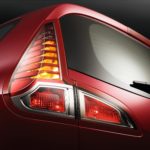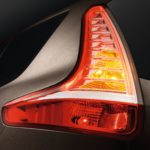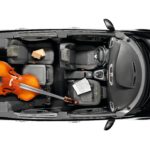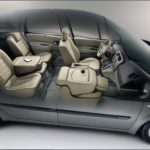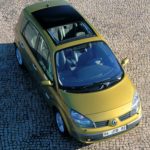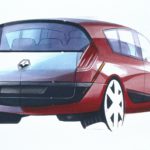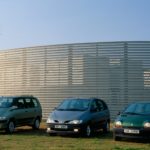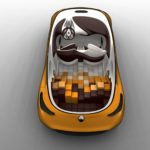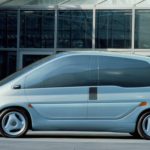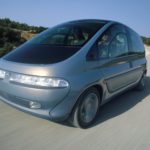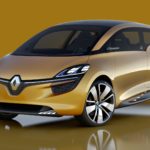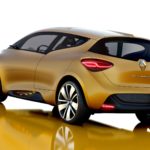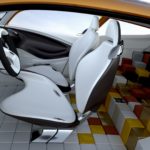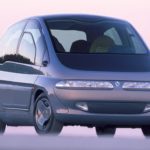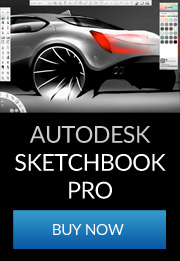
|
The market for Volvo passenger cars in the US is and has for a long time been sizeable. Volvo do not underestimate the significance of this and, like many other manufacturers, they are very much geared towards understanding and predicting this considerable group of customers.
Tucked away in Southern California, not too far from Los Angeles, is the Volvo Monitoring and Concept Center (VMCC). The VMCC is home to a variety of designers, engineers and marketing people all responsible for understanding the demands of the car market in years to come.
|
 |
"The goal of the VMCC since its establishment in 1986 has been to look for concepts in new places, put together smart ideas and turn them into action, helping Volvo Cars grow in today’s tough auto market," says Doug Frasher, strategic design chief at the VMCC. "We aim to distinguish ourselves by seeing the ‘big picture’ beyond design or style alone."
Volvo prides itself in bringing together people from three core backgrounds – business, design and technology – to form a team and facility that it believes sets it apart from other manufacturers. The centre’s rounded approach to vehicle design involves analysing technological, social, demographic, environmental, brand and design trends shaping society now and particularly in the future.
 |
 |
| Timeline detailing events in wider society that the VMCC team believe to be significant. Events listed range from vehicle launches to new software releases and turning points in the internet. |
One of the Volvo team works on the VMCC’s Tandem concept. |
"Our cross functional teams produce concepts that are more than styling, technological innovation or customer data," says Benny Sommerfeld, Concept Business Manager. "VMCC’s methodology embraces in-depth monitoring and reviewing of trends, evaluating ideas for potential new product concepts, validating concepts in virtual and physical environments, and reaching a ‘go-to-market’ position."
Geza Loczi, Director of Design at VMCC, says today ‘all design studios are striving to emulate’ what Volvo is doing. "The big difference," he says, "is that we were first as well as our ability, power and breadth of approach to do things in a non-traditional way. It’s about getting out of the comfort zone."
The team at VMCC are charged with monitoring a range of information in order to understand and predict future trends and how they will affect society in up to thirty years from now. Their findings are subsequently used to create ‘future-proof solutions that will stand the test of time’.
"Because we need to be both rational and emotional in our thinking, the strategic imperative of the twenty or so people working for VMCC is about being market-driven, not product-driven," says Loczi. The centre has been involved in many key Volvo projects including the XC90, S80, S60, the Environmental Concept Car and Safety Concept Car.
The initial concept stage at the VMCC differs from more traditional approaches in so much as ideas stem from analysis of a functional issue rather than from a new line of aesthetic development. In the case of interiors, the VMCC approach is to begin with direct consumer observations and develop from that a physical design which directly reflects current and future consumer desires, be it through colour, form, material or otherwise.
 |
To support their work, the Volvo team use some of the latest design and prototype methods, with the VMCC being the only studio of its kind in California to use stereo lithography apparatus (SLA) for small scale models and component modelling. In 1987, Volvo became the first car maker to use Alias software and the staff of the VMCC now use it routinely to quickly bypass time-consuming clay modelling and to synchronise engineering work. VMCC is used by the wider Volvo company to test and develop new practices, techniques and software which may later become standard tools used to reduce vehicle lead times.
|
The VMCC has only 15-20 full time staff and ongoing exchange programmes ensure that employees network throughout the entire Volvo organisation. The team are constantly looking for ‘the next big thing’; the new product that consumers don’t realise they need but that will become a successful addition to the Volvo line-up.
As Loczi puts it: "It is about taking advantage of VMCC’s knowledge-base of multiple skills, cross-pollinating the different disciplines and capitalising on the findings to achieve a clear sight line into the future."

|

